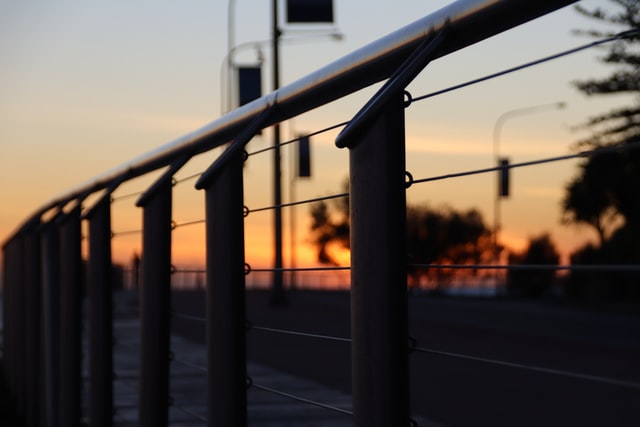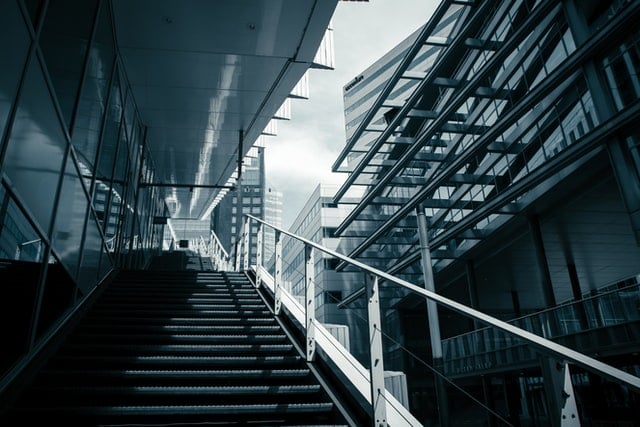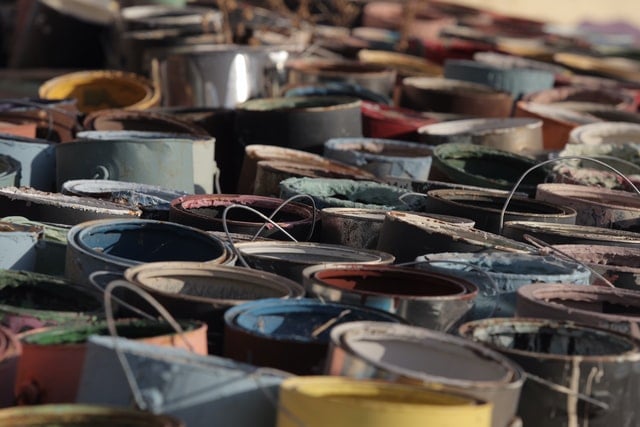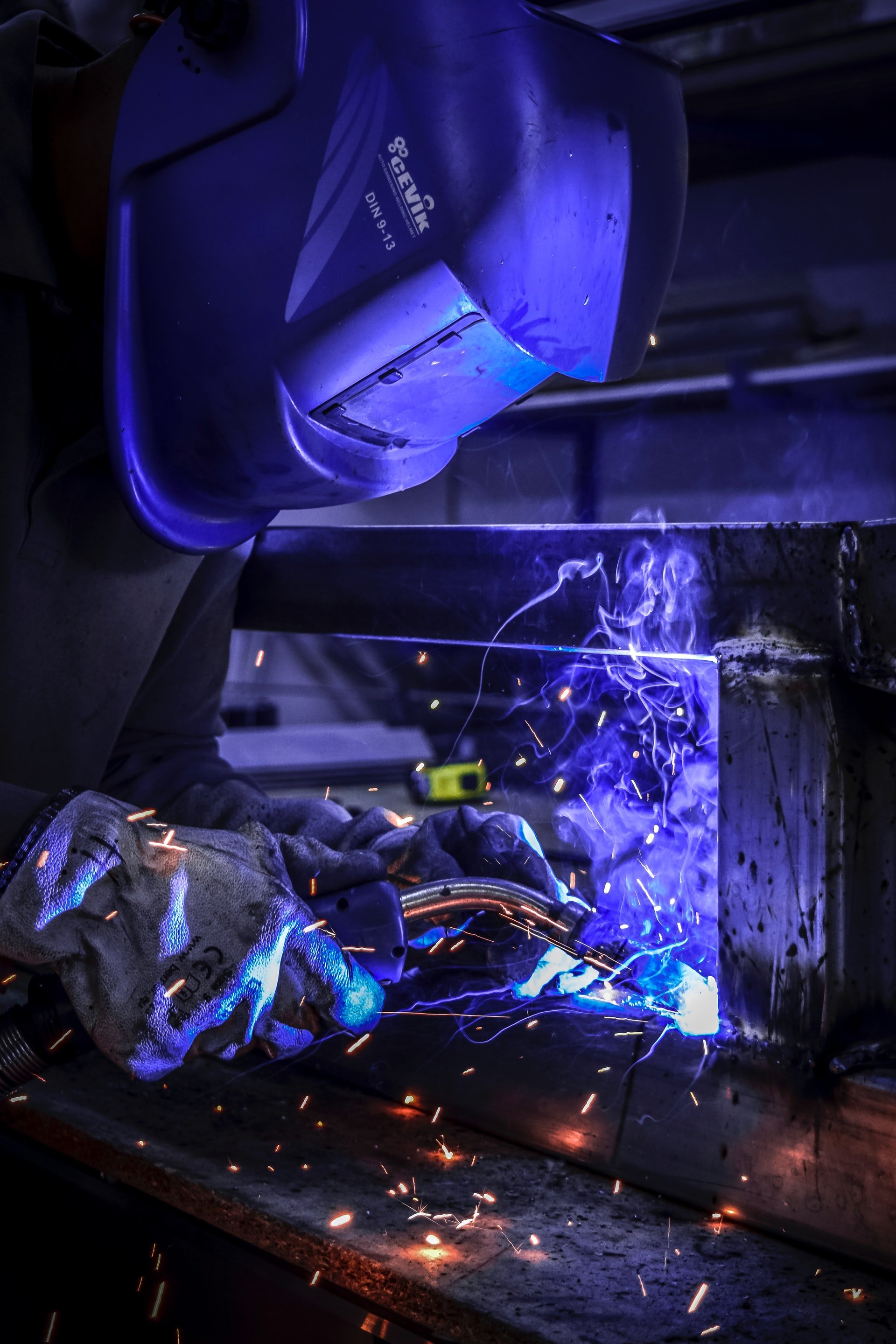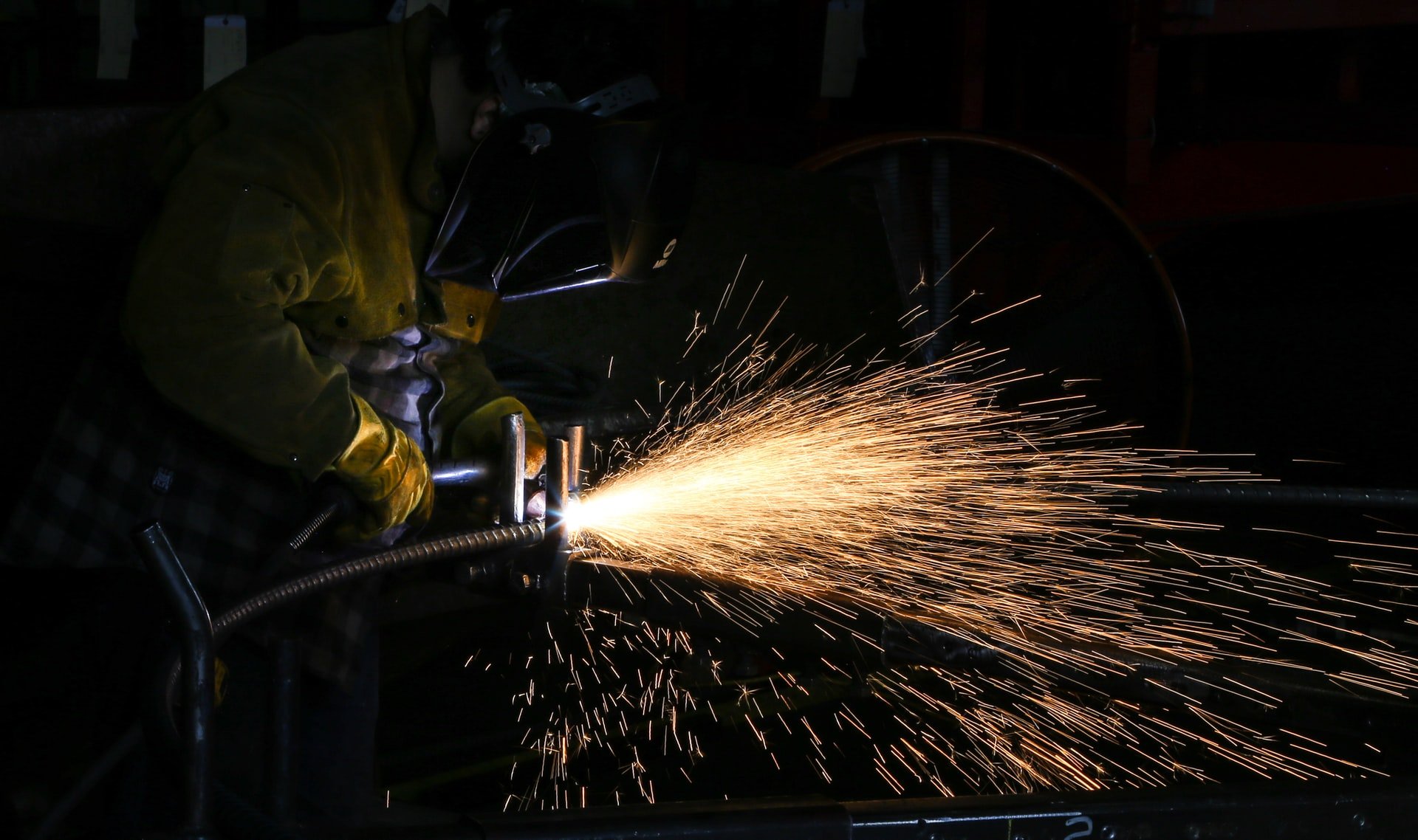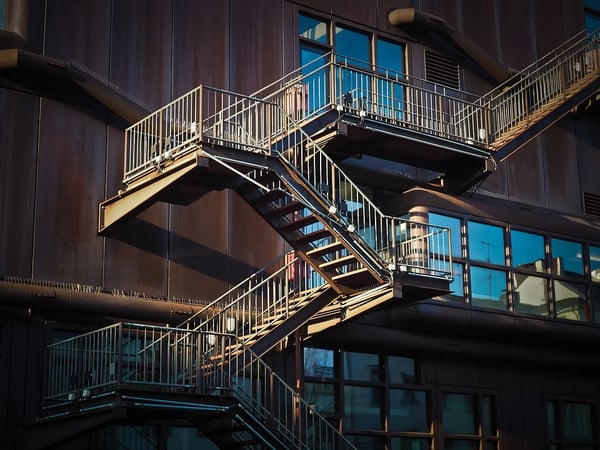
A steel structure placed outdoors for any length of time will inevitably have to contend with damage from nature and the elements. While steel is, thankfully, all but immune to pests and melting and warping (in normal conditions), rain, wind, and snow can reduce the appearance, surface hardness, and the structural integrity of exposed steel over time.
In buildings such as stadiums and offices that use vast amounts of steel cladding, decorations, and supports, natural damage can create unsightly metal scars and discolouration. In extreme cases, the safety of the structure (particularly thin, tubular constructions such as rollercoasters and walkways) can be threatened by advanced corrosion.
It's therefore important to make sure your steel constructions are fully protected against day-to-day wear and tear.
What Is The Main Cause Of Weather Damage To Steel?
Steel is vulnerable to a natural process caused oxidisation. Oxidisation produces rusting, flaking, and scaring in many metals. Given enough time, oxidisation can severely weaken unprotected metals left exposed to the elements. This damage is known as metal corrosion. There are many different types of steel corrosion, including surface, pitting, and crevice.
Oxidisation
Oxidisation occurs when oxygen and steel exchange electrons and ions on a molecular level. The oxygen 'steals' positive electrons from the iron in the steel, replacing them with negative ions. This chemical reaction forms iron oxide, or rust, which sits on the exposed area and builds with time. Certain geographical areas, such as the seaside, coastline, and rainy land, are more vulnerable to metal corrosion than others due to the chemical makeup of the air.
Oxidisation can occur in water and the earth's atmosphere. However, oxidisation cannot occur without a source of water to aid in the process. Saltwater is particularly conductive to oxidising iron and steel. Iron oxides have a red-brown, powdery appearance and flake off as rust advances. If you see your steel structure starting to brown, chip, or blacken over time, it may be suffering from acute oxide corrosion.
How Can I Prevent Steel Corrosion?
There are several different ways that you can counter corrosion on exposed steelwork. While no method will preserve steel from rusting forever, certain techniques can greatly expand the lifespan of your steel structures.
Good Design
Prevention is often better than cure. The initial design of your steel framework matters when it comes to preventing rust. Avoiding dust and water traps, providing good drainage breaks, and creating fast airflow around crucial areas of steel exposure can reduce rusting, as well as general staining and tainting from dirt and debris. Regular cleaning and re-coating with protective substances can also stop small-scale outbreaks of steel oxidisation from spreading further.
Powder Coating And Paint Coating
One of the most common ways to weatherproof steel is to simply give it a new, thick coat of waterproof paint every five to ten years. Powder and paint make it harder for water and air to reach the metal structure, protecting the steel inside. This technique has been used on metal bridges for centuries to shield iron and steel.
Galvanisation With Hot Zinc
A process called hot-dip galvanisation can be applied to steel that is intended for use outdoors to prevent rusting. It's often used on high-exposure pieces, such as roofing plates, barriers, and external support beams. The finished steel is placed in a bath of molten zinc and then cooled. This galvanises the steel, adding a protective coat to the top of the metal. The zinc acts as a 'decoy' metal, oxidising gradually first to protect the structure of the steel hidden underneath. This can extend the expected lifespan of the piece by up to a century. The galvanised layer itself can be expected to last for up to 50 years.
However, the zinc coating is not a permanent solution to rusting. Once the top layer of oxidisation eats through the zinc, the process will start to destroy any steel exposed underneath. The hot zinc cannot be reapplied easily once the steel is transported and fixed in place.
Stainless Steel
Stainless steel is an alloy variant of steel that contains at least c.10% of the elemental metal chromium. Chromium is highly resistant to wear, tainting, and corrosion. Combined with steel, the fused metal alloy is generally immune to oxidisation. While stainless steel is slightly more expensive and less pliable, adding chromium enormously expands the expected lifespan of the steel alloy pieces produced. However, stainless steel will eventually corrode if it is chronically exposed to excessive amounts of water.
Weatherproofed Steel From GLW Engineering
If you need stainless, galvanised, or treated steel to withstand the wind and rain, talk to GLW Engineering. Our steel fabrications incorporate the protection and planning you'll need to make your construction project a success.
Image source: Pixabay




